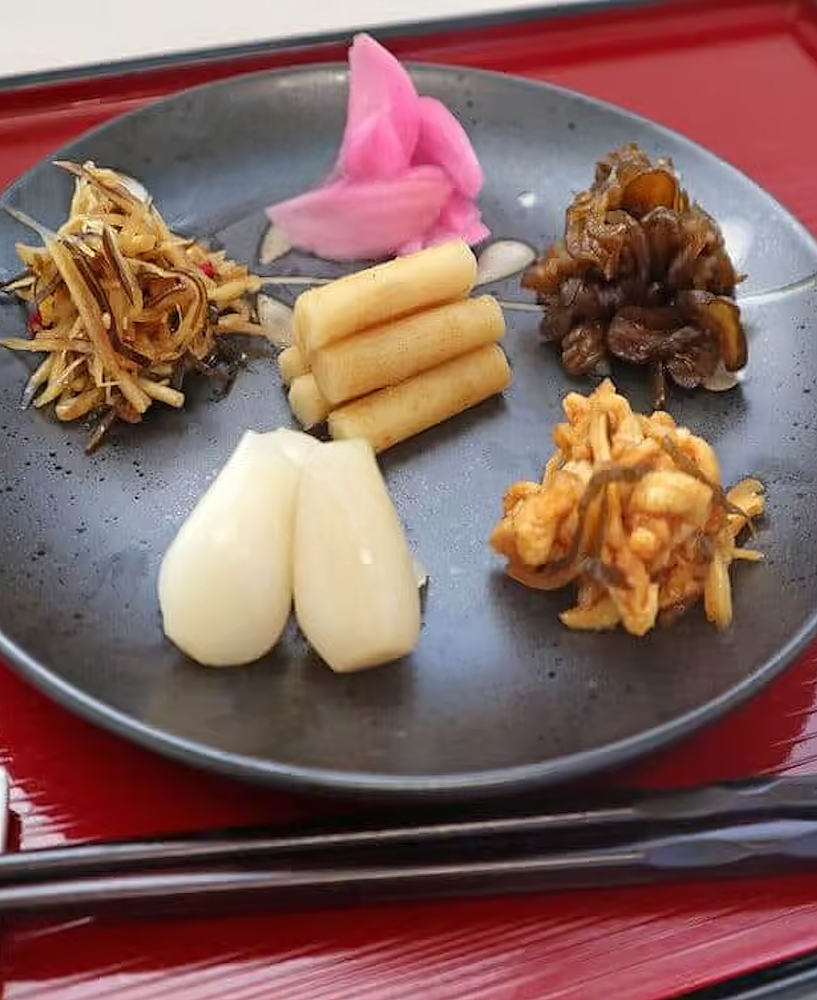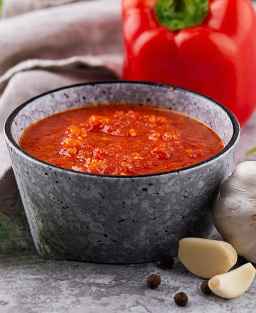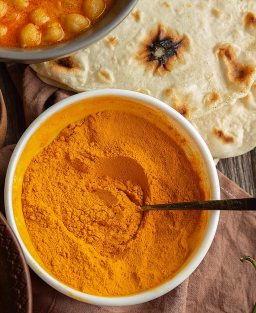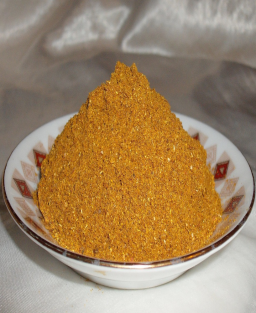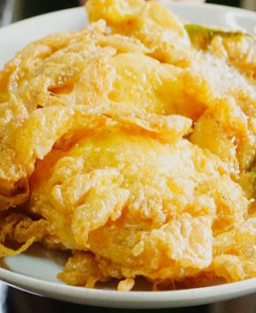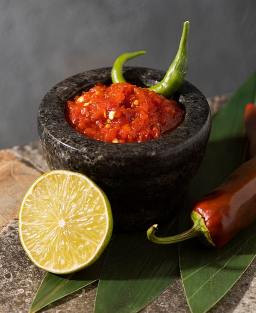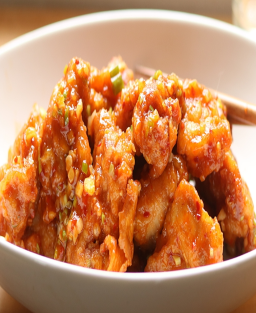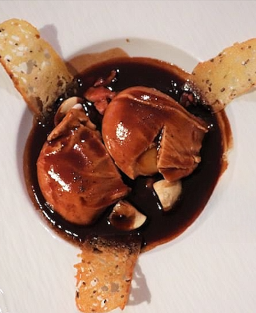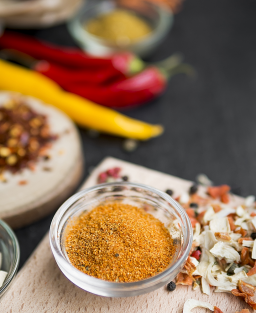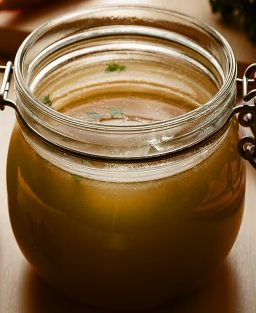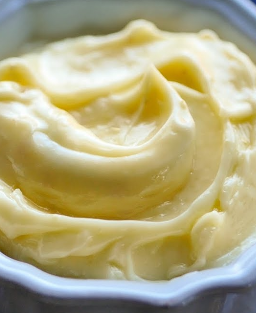- Out-of-Stock
Recipe of Ancestral Japanese Tsukemono: The Art of Slow Fermentation – Japanese Pickled Vegetables
Recipe of Ancestral Japanese Tsukemono: The Art of Slow Fermentation – Japanese Pickled Vegetables
History, Culture, and Renaissance of Tsukemono
Tsukemono (漬物), literally “things soaked,” are among the oldest pillars of Japanese cuisine. Far more than a simple side dish, these pickles embody the living memory of Japanese food culture. Their origins trace back to the Nara period (710–794), when Japan adopted several preservation techniques imported from China, including salt pickling. In an era without refrigeration, fermented vegetables were a precious source of nutrients and a way to enliven plain white rice, which was otherwise considered bland without accompaniment.
Buddhist monks, followers of a frugal plant-based diet, made extensive use of them. During the Edo period (1603–1868), the art of tsukemono was formalized: every region, family, or monastery developed its recipes with ritual care. Some pickles required months or even years of fermentation in miso, rice bran (nukazuke), sake lees (kasuzuke), or fermented soy. Tsukemono became a domestic tradition passed down through generations.
During the Meiji period (1868–1912), industrialization introduced the first commercial production of pickles, changing the artisanal nature of the product. While traditional recipes declined after the war in favor of “quick” vinegar pickles, a revival is now underway at the crossroads of slow food, the shokunin spirit (Japanese artisan excellence), and contemporary gastronomy.
Tsukemono Today: Between Tradition and Innovation
In kaiseki restaurants, tsukemono are still among the final dishes served, to subtly and refreshingly “close” the meal. In family kitchens, they continue to accompany plain rice, fried dishes like tonkatsu, or cold noodles in summer.
Young Japanese chefs are reviving ancestral tsukemono sustainably, using forgotten vegetables, unrefined sea salt, artisanal vinegars, and slow fermentation methods. In Kyoto, “pickle shops” such as Daiyasu or Murakami preserve this art by elegantly combining tradition and contemporary aesthetics.
In the West, tsukemono are rediscovered through the fermentation movement, microbiome awareness, and interest in natural umami. They appeal for their minimalist and colorful aesthetics, low caloric content, and ability to elevate simple dishes of rice or grilled fish.
Ancestors of Modern Tsukemono: Preservation Art and Slow Fermentation
Before the introduction of rice vinegar (produced by controlled alcoholic fermentation), the Japanese used natural lactic fermentation techniques, similar to Koreans with kimchi or Europeans with sauerkraut. These ancient tsukemono were not merely side dishes: they played a vital role in nutritional balance, probiotic intake, and crop preservation.
Main Types of Ancestral or Slow-Method Tsukemono:
-
Nukazuke (糠漬け) – Vegetables in Fermented Rice Bran
-
Origin: Edo period (1603–1868), likely rooted in earlier rural practices.
-
Principle: Vegetables (eggplants, carrots, daikon, cucumbers) are buried in a mixture of rice bran (nuka), salt, water, and natural lactic bacteria, sometimes enriched with seaweed, chili peppers, or dried fruits.
-
Fermentation: Slow and lively, requiring daily stirring to avoid mold.
-
Duration: From a few hours to several weeks depending on desired texture.
-
Special feature: Complex, tangy flavor with deep umami.
Japanese families maintained their nukadoko (rice bran bed) like a sourdough starter, sometimes passed down through generations.
-
Shiozuke (塩漬け) – Salt-Only Brine
One of the oldest preservation methods.
Famous examples:
-
Takuan-zuke (daikon radish fermented in salt and rice bran for months, yellow in color)
-
Shibazuke (eggplant, red shiso, ginger fermented together in Kyoto)
Duration: Several weeks to months.
Use: Often served at the very end of a kaiseki meal or at a Japanese breakfast.
-
Kasuzuke (粕漬け) – Marinated in Sake Lees
A clever use of sake brewing byproducts.
Base: Sake lees (sake kasu), sugar, mirin, salt.
Vegetables, but also fish and meat, can be preserved this way.
Flavor: Sweet, complex, slightly alcoholic.
Traditional recipe: Narazuke from Nara, known for vegetables aged up to 2 years in this beige paste.
-
Misozuke (味噌漬け) – Marinated in Miso
Principle: Use of brown or white miso as preservation medium, with sugar and sake or mirin.
Duration: Several days to weeks.
Use: Especially for firm vegetables or even hard-boiled eggs (miso tamago).
Result: Strong, salty flavor rich in umami.
-
Umeboshi (梅干し) – Salted and Dried Plums
Probably the oldest known tsukemono.
Process: Plums are salted, pressed, sun-dried, then stored with red shiso leaves.
Medicinal virtues: Natural antiseptic, remedy for digestive issues. Considered food talismans in bento boxes.
Storage: Up to several years.
Cultural and Spiritual Value
-
Tsukemono and Zen: In Zen monasteries, tsukemono are part of the frugal meals called shōjin ryōri, prepared with meditative care.
-
Domestic ritual: In Japanese homes, making tsukemono was an act of care for the family, tied to seasonal cycles.
-
Wabi-sabi aesthetics: These imperfect, homemade, slowly fermented pickles express the passage of time, the art of simplicity, and impermanence.
Contemporary Trends Around Ancestral Tsukemono
Today, these “ancient” pickles are rediscovered:
-
In high-end Japanese gastronomy circles (kaiseki, ryōtei).
-
By fermentation and permaculture movements in Japan and abroad.
-
By chefs pairing them with French, Nordic, or vegan dishes (e.g., misozuke eggplants with celery purée).











